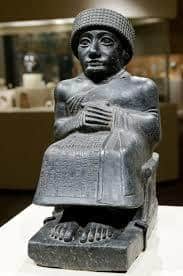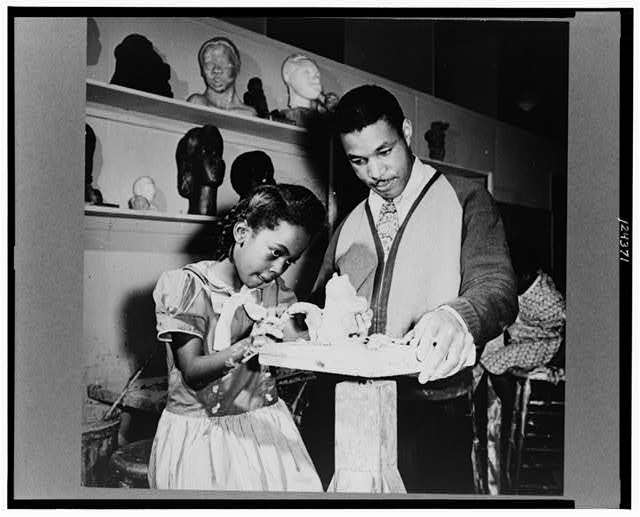Overview:
The following lesson plan introduces the scientific method to 5th graders for the first time. I took the approach asking the kids, “who wants to be a doctor, nurse, teacher, scientist, astronaut” etc? This then led to a discussion about challenges we all face in life, no matter what career field or background we come from. All these career fields, and a host of others, use problem solving skills, research, and testing; also known as the Scientific Method to help them solve every day challenges. Included are the 2 handouts I used in bringing this lesson to life.
Candidate: John Buckley Catholic School, Portland, OR
Class/Topic: Science: Introducing the Scientific Method Time: 1:20-2:00
Grade Level: 5th Grade Date: 9/18/2015
Content:
Goal:
A. This central focus of the learning segment is introduce students to the Scientific Method and its’ key areas.
B. The essential skills and/or knowledge to be developed in the learning segment are to identify steps in the Scientific Method and apply it in a scenario.
National and State Standards:
Scientific Inquiry 5.3 ODE
5.3S.1 ODE
5.3S.2 ODE
Objective:
-SWBAT:
-Identify and discuss key aspects of the Scientific Method today (5.3 ODE)
-Explore key vocabulary words related to the Scientific Method.
-Write data results related to their in-class experiment scenario. (5.3S.2 ODE)
-Analyze data and results in a group setting and discussion. (5.3S.1 ODE)
Connections:
A. Requisite skills(s) needed to develop this strategy are.
B. This lesson builds on previous lesson
C. Students make connections between skills by
D. This lesson scaffolds student learning toward the next lesson in the learning segment by
Literacy Integration:
A. The language function addressed in the segment as a whole is
B. Key Concepts/ Vocabulary terms are: hypothesis, experiment, data, and conclusion
C. Other Academic Language that is important in the entire segment is
Evaluation
Formal/Informal Assessment:
Informal Assessment: Ask kids what they think Scientific Method is?
-(Have student scribe write answers on board)
Modifications/Accommodations/Differentiation: Have students work in pairs to assist those with poor reading skills/language comprehension. Will also help build collaboration and teamwork among students in a scientific setting.
Instructional Resources and Materials:
1. Scientific Method Worksheet,
2. Mike’s Bad Breath Worksheet
3. Use of Overhead for Scientific Method Worksheet
Process
Instructional Strategies:
Pre-assessment:
-Opening Prayer
-Introduce Vocabulary words: hypothesis, experiment, data, and conclusion. Have new scribe write vocabulary on board and record the students’ guesses. Give sticky note with vocabulary words to scribe.
-Have student hand out Steps of the Scientific Method Worksheet.
-Compare their vocabulary guesses to the worksheet/discuss differences and similarities. Have scribe update definition on board as needed.
1:30-1:50
-Have students pair up with a neighbor
-Have student hand out Mike’s Bad Breath worksheet
-Read and Discuss Mike’s Bad Breath Scenario
-Have student pairs complete the worksheets. Walk around classroom and be available for questions and guidance.
1:50-2:00 PM
-Discuss worksheet, answer any student questions
-Review key aspects of Scientific Method in question/answer and funny scenario/role play
-Have students put worksheets away and clean their area
Product
Next Step:
SWBAT discuss key aspects of the Scientific Method and apply the basic principles in small groups while working through worksheet experiment.
Reflection: I did teach this lesson 2 weeks ago and it went over very well. Having lots of interaction as far as assessment vocabulary words to measure where the kids were on the subject matter, and also having a great deal of questions and answers and learning feedback helped out tremendously. Both worksheets were effective though next time I teach the lesson I would spend more time developing hypothesis with the kids and coming up with examples on the board as a class. Overall, two thumbs up and I would teach it again.
Mike’s Bad Breath Worksheet Link
Image Credit: http://www.loc.gov/pictures/item/2001699130/



 Content— 3rd grade students will go over strategies for reading, breaking down, and solving story problems. These story problems deal with basic addition and subtraction operation that the students will be required to know before attempting the story problems. This lesson is based on Building Bridges Session 19 with activity worksheets 1.3 and 1.4 which have two subtraction and addition story problems with embedded work space.
Content— 3rd grade students will go over strategies for reading, breaking down, and solving story problems. These story problems deal with basic addition and subtraction operation that the students will be required to know before attempting the story problems. This lesson is based on Building Bridges Session 19 with activity worksheets 1.3 and 1.4 which have two subtraction and addition story problems with embedded work space.